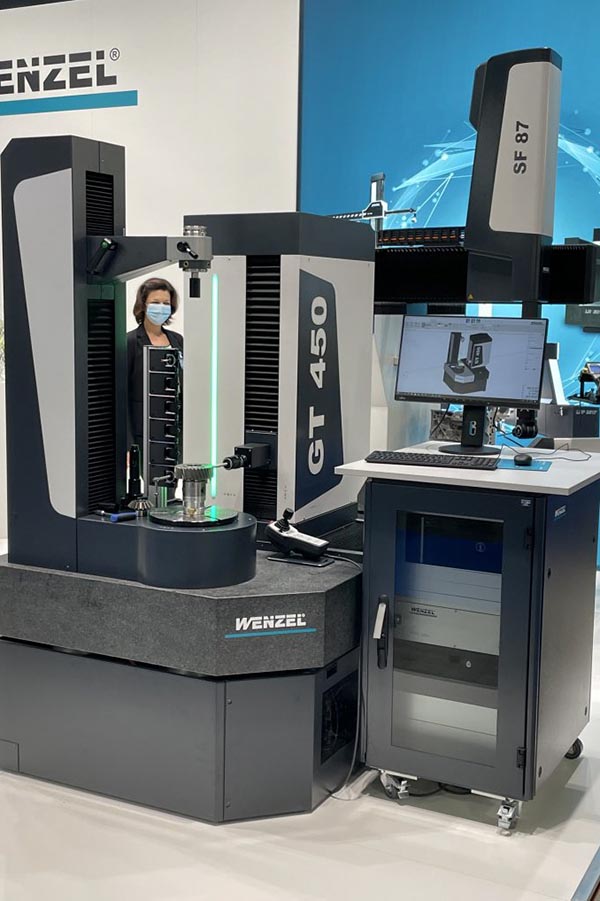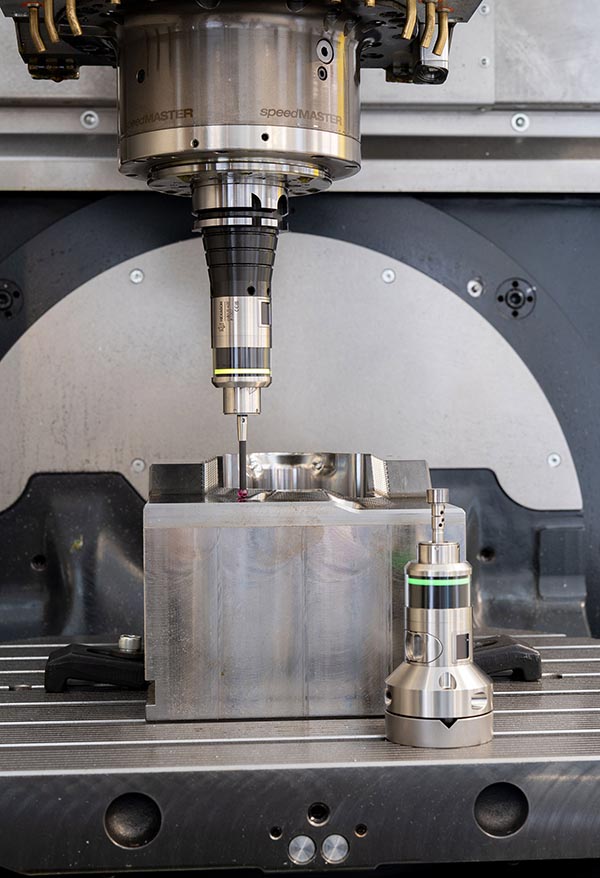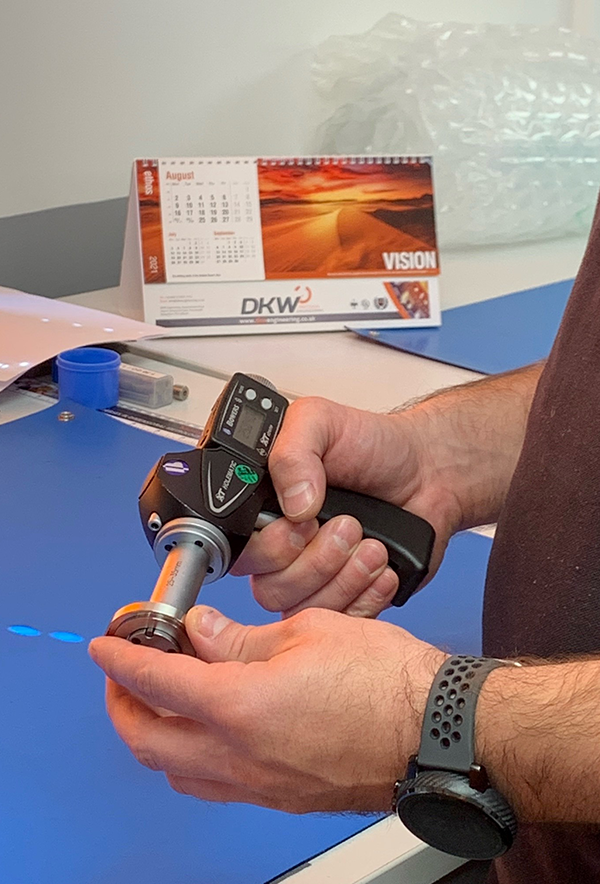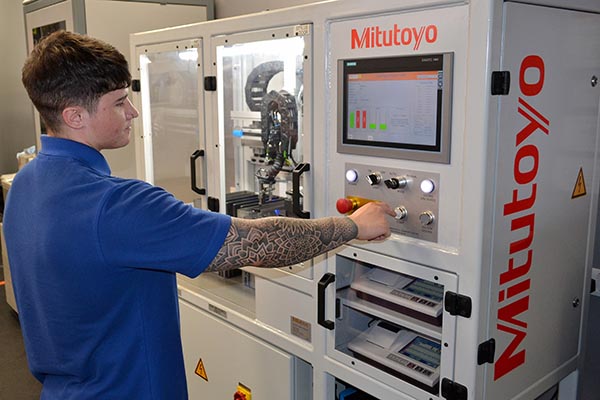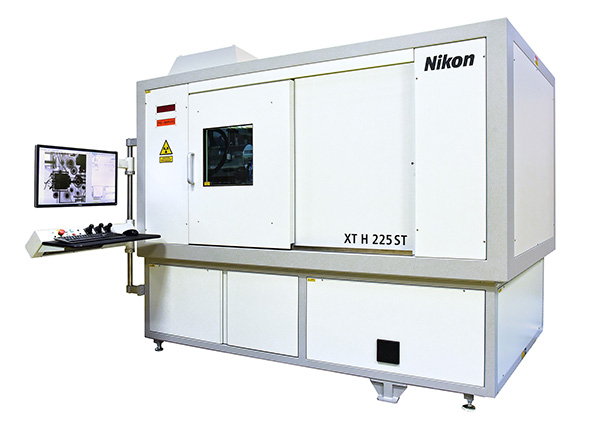
Metrology specialist Wenzel presented its new GT series gear measuring machine live in public for the first time at last month’s EMO 2021 exhibition in Milan. The GT series is based on the company’s successful tradition in the development and production of specialised gear measuring equipment.
During the development process Wenzel says it improved many decisive details. For instance, the new GT series works with the company’s standard WPC control and comes with a completely new gear measuring software – WM Gear, which was developed by Wenzel and includes the universal WM Quartis measuring software. With the GT series, Wenzel says it is setting standards as gear measuring technology grows together with universal measuring technology: tactile and optical.
The GT series provides solutions for a wide range of measuring tasks involving small-modulus gears and rotationally symmetrical components. It can measure parts that extend from toothed workpieces and shafts used, for example, in commercial vehicles, railway transmissions, or construction and agricultural machinery, through to the measurement of marine gears.
For the easy clamping of shafts, the gear measuring device can be optionally equipped with a counter holder. Using the counter holder, it is possible to measure diameters of up to 1200 mm. For components where measurement does not require a counter holder, users of the machine can measure diameters of up to 1600 mm.
With the new GT series of gear measuring machines, Wenzel is thus supporting a wide variety of industries, providing solutions for the automotive and energy sectors, as well as materials handling, agriculture, the aerospace industry, and mechanical and plant engineering.
For further information
www.wenzel-group.com






